All bikes have mechanical issues at some point, it’s unavoidable. Lots of them are fixable, even on the road or trail. Other failures can mean that your walking home or can cause road rash or broken bones. Catastrophic bike failure can’t always be prevented, and it’s not an issue that should prevent you from riding your bike, but you can drop the odds significantly with a quick check up.
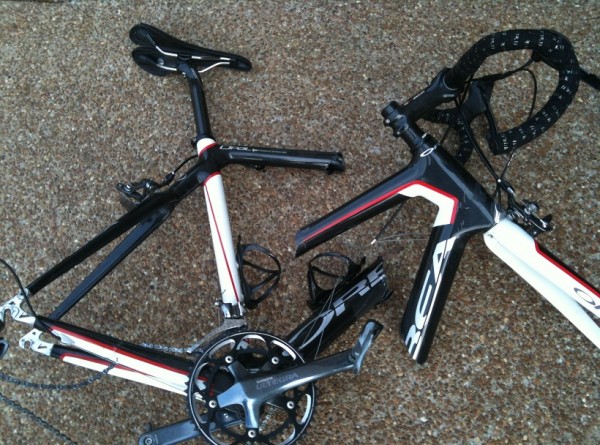
Tires
Blowouts are one of the top contenders for catastrophic bike failure. Blowouts cause accidents at high speeds when the tire loses pressure instantly. The wheel wobbles uncontrollably, and the loose tire can even come off and catch on the brake pads; it’s ugly.
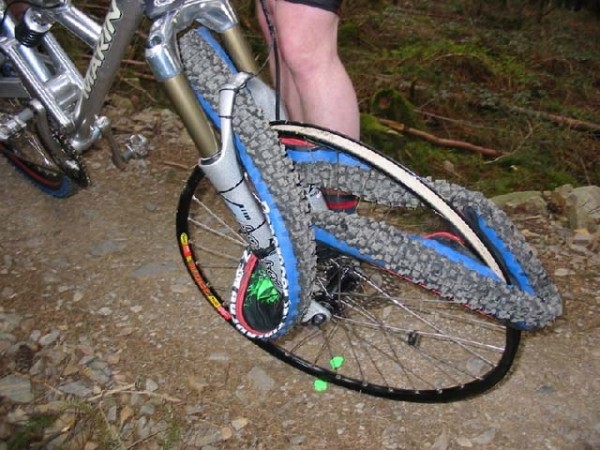
Blowout Prevention
Inspect tires regularly. Look for cracks, splits, rough surfaces or irregularities in color. Put the bike on a stand or upside down. Give the tire a spin by hand. If the tire — not the wheel — snakes back and forth, or has any obvious bulges, a blowout is eminent, and it needs replaced. If your tires have more than 2,000 miles on them they should be replaced.
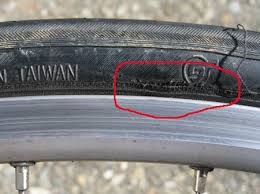
Spoke Failure
Wheel and spoke failure can have the same result as a blowout. If you have only one spoke go bad, it’s sometimes not an issue. But if it fails or breaks at the wrong time, it can have a domino effect, causing the wheel to disintegrate. Check for loose spokes, or out-of-true wheels — they wobble from side to side — and take steps to keep everything balanced and tight by adjusting spoke tension, or replacing bad spokes.
Rim Welds
Rim failure can be just as devastating as a blowout, but it’s less common. When a rim weld fails, the loose end of the rim catches on the brake pad, causing the bike to go into an instant skid. It may even tear off the brake, and the loose parts catch in the drivetrain, causing the bike to lock up.
Check the Weld
Weld failure is caused by excessive brake pad wear. The constant pressure by the pad sands the thin material down and it gets thinner and thinner until the weld gives out. Check for grooves, slots or indentations on the wheel where it contacts the pad. Look for an obvious joint where the rim is welded together. Don’t run worn out brake pads. If you hear metal to metal, change the pad before it ruins the wheel.
Frame and Dropouts
The drop-out is the slot where the wheel fits into the frame. Depending on bike design, it can be delicate. If it breaks at the wrong time, the back wheel can come off, turn sideways or catch on the drivetrain.
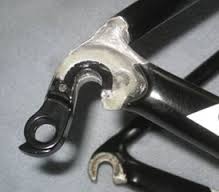
Check the Frame
Use a flashlight to inspect the joints for cracks. Look around welds or other points where frame parts join together. Check for rust or oxidization on metal frames. Look for blueish-white discoloration or powdery deposits on carbon frames.
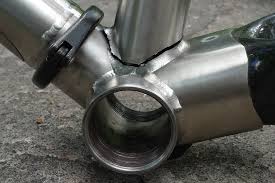
Seatpost and Seats
Seats and seatposts have caused their share of accidents. If the seatpost is at it’s maximum height, it’s more likely to snap off where it enters the frame. Seat rails rarely break, but the seatpost hardware — the nut and cradle assembly — have a tendency to break when you’re leaning into a steep corner. It’s hard to spot a bad one, so check it regularly for tightness, and be aware of it.
Cranks and Pedals
Pedal axles break off occasionally, but it’s usually not catastrophic. It can be painful if you’re at the top of a pedal stroke though. Keep them tight and well lubed; it’s about all you can do. Cranks can strip where the pedal axle penetrates, causing the pedal to come off or free-wheel. Stripping is typically an indication that the pedal was installed improperly. If your pedal won’t tighten on the axle, or is tilted to one side, the crank arm is likely stripped, and needs replaced.
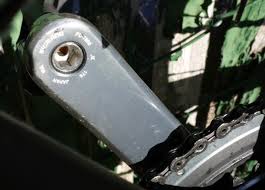
Don’t Stop Riding
Don’t be intimidated by a possible catastrophic bike failure. If you have any questions about your bikes integrity, have a professional look at it. They can tell you in minutes if there’s an issue.
Keep Your Head
Heaven forbid, if you do have a blowout, lose a wheel, spokes, weld or other malady occurs at high speed, an accident is not imminent if you keep a cool head. Ride with two fingers on the brakes at all times. If you hear that telltale “bang!” debris flies past your face, or your bike feels like it’s on ice, don’t slam on the brakes. Feather both brakes to slow down your wobbly bike gradually and hang on.